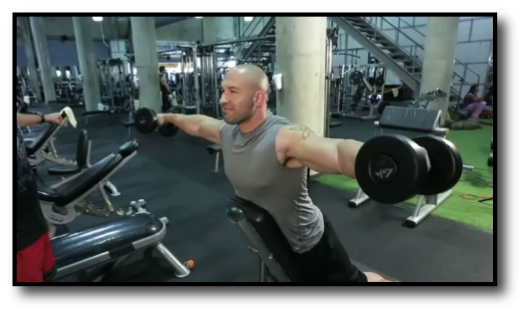Creatine: Much More Than a Muscle Builder
Bodybuilders, and indeed all athletes looking to secure the performance edge would have at least a passing knowledge of the ...

Bodybuilders, and indeed all athletes looking to secure the performance edge would have at least a passing knowledge of the ...
Question: “What are neurotransmitters and why are they important? How can I optimize them to improve my training?” Your neurotransmitters ...
Question: “Is there an optimal amount of Time Under Tension (TUT) to shoot for each set?” When trying to maximize ...
Cholesterol. I think we can all agree that it may very well be one of the most feared nutrients in ...
The problem with body fat is that when you start to accumulate it in large quantities (more than 20lbs), it ...
In case you missed it, catch Part 1 here. Now, during my prep for this meet I had the best training ...
All the info you need to execute the best lying leg curl variations for thick hams and glorious glutes!
BPak breaks down the muscle mechanics behind various lat isolation exercises so that you can grow wings!
Here are the best exercises for targeting the big meat belly of the calves, the gastrocnemius – perfect your execution ...
Want horseshoe triceps? Execution is key. Here's everything you need to know...
